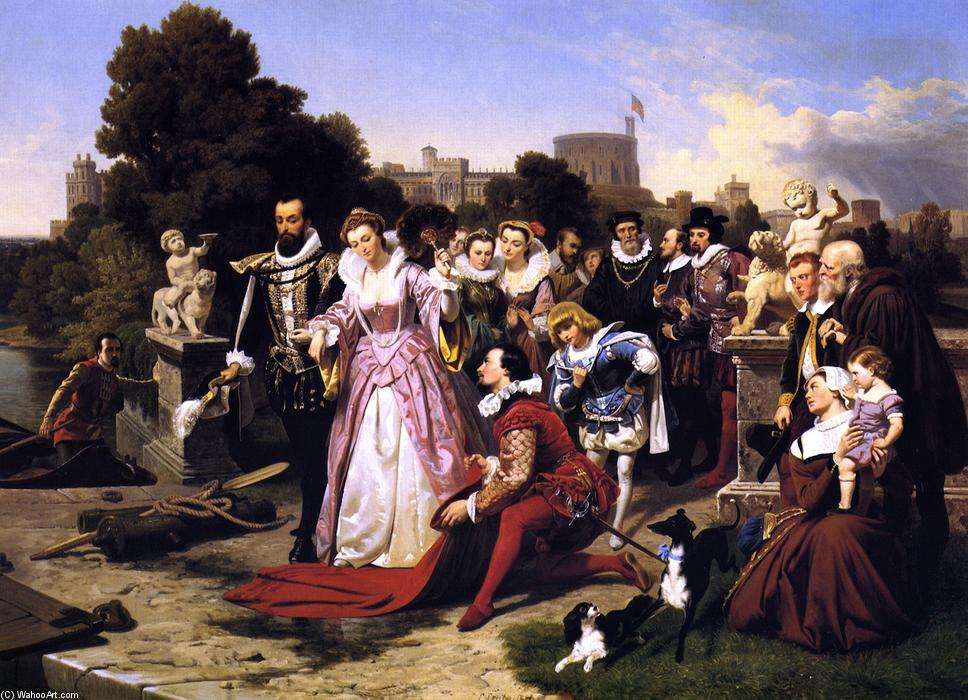In A Nutshell
The popular version of Rome’s fall is that a barbarian invasion tore Rome down column by column and left chaos in its wake. But by A.D. 476, the traditional date of the empire’s “fall,” the “invaders” had long been essential parts of the Roman administration and army. As a result, the fall was less catastrophic and affected the Roman population less than is typically imagined. The new “barbarian” leader was even commended by the emperor in Constantinople.
The Whole Bushel
A big part of this myth depends on whether or not the Roman Empire actually fell in A.D. 476, which it is easily argued it didn’t. The Eastern, or Byzantine, half survived for another 1,000 years after the “fall.” Yes, the city of Rome did fall to a tribe of marauding Germans called Vandals. But, as far big deals go, Rome being sacked (again) was a minor blip on the Mediterranean radar. The empire’s capital, Constantinople, had surpassed Rome in wealth, population, and political importance long before. In fact, when the Vandals sacked Rome in 476, the city wasn’t even the capital of the western empire—that honor fell to Ravenna.
And as for horn-helmeted invaders showing up and trashing the empire? It’s a bit more complicated than that. The “barbarians” (i.e., the Goths, Ostrogoths, and Germans) had been part of the Roman Empire as client-states, an increasingly large portion of the Roman military, and quasi-citizens. When the last Western Roman emperor was deposed in 476, Odoacer, the Goth who replaced him, wasn’t in any hurry to change things, and made sure to at least pay lip service to the true emperor in Constantinople. For the average Roman, life carried on as usual for decades after the last emperor wore his final purple cape.
This sounds a bit strange unless you’re aware that during the last two centuries of Roman primacy, the distinction between “Roman” and “barbarian” was a gray area. Rome’s military power always depended on its ability to pour a seemingly endless stream of its citizens into the meat grinders the empire called its legions. We’re talking about a society that treated the loss of tens of thousands of its troops like a minor inconvenience along the path to inevitable victory. As its frontiers lengthened and centuries of Russian-esque casualty rates took their toll, the empire’s endless reserves of men began to dwindle.
Rome responded by replenishing its legions with foreigners from the same frontiers the empire was attempting to defend. Germans and Goths filled the Roman ranks by the end of the fourth century AD. In response to the increasing threat of the Huns, the empire allowed Gothic tribes to settle along the Danube river and serve as human walls between the Huns and the rest of the empire. Even the Vandals of later pillaging fame only came into the empire because they were recruited by a rebel Roman general to aid his bid for power.
Pretty soon the “barbarians” weren’t just front-line stabbing fodder. They became officers and generals and controlled much of the imperial administration. For much of the fifth century, the empire was ruled essentially by a string of men descended from Rome’s former enemies and newest allies/mercenaries. After a coalition of the desperate finally defeated the Huns in 451, it was incredibly difficult to tell where Roman-ness ended and barbarianism began. The last regent of the empire was actually one of Attila the Hun’s former officers. And Odoacer, the barbarian who assumed control of Rome after the last emperor was deposed, received commendation from Constantinople for instilling some law and order into western Europe.
What essentially ended the Empire wasn’t foreign invasion, but a series of civil wars that wracked the frontier. The Roman army with its barbarian weaponry, dress, and generals squared off against itself over and over, reducing the western empire into countless fractious kingdoms with only brief unity under a handful of warlords-emperors, all of which gives new meaning to the saying, “we have met the enemy and he is us.”
Show Me The Proof
The fall of the Roman Empire: A social and ecological interpretation
Romans and Barbarians: The Decline of the Western Empire, by E.A. Thompson
Rome’s Fall and After, by Walter Goffart
Constantinople, Old and New, by Harry Griswold Dwight
Rome and the Barbarians, 100 B.C.–A.D. 400, Thomas S. Burns










